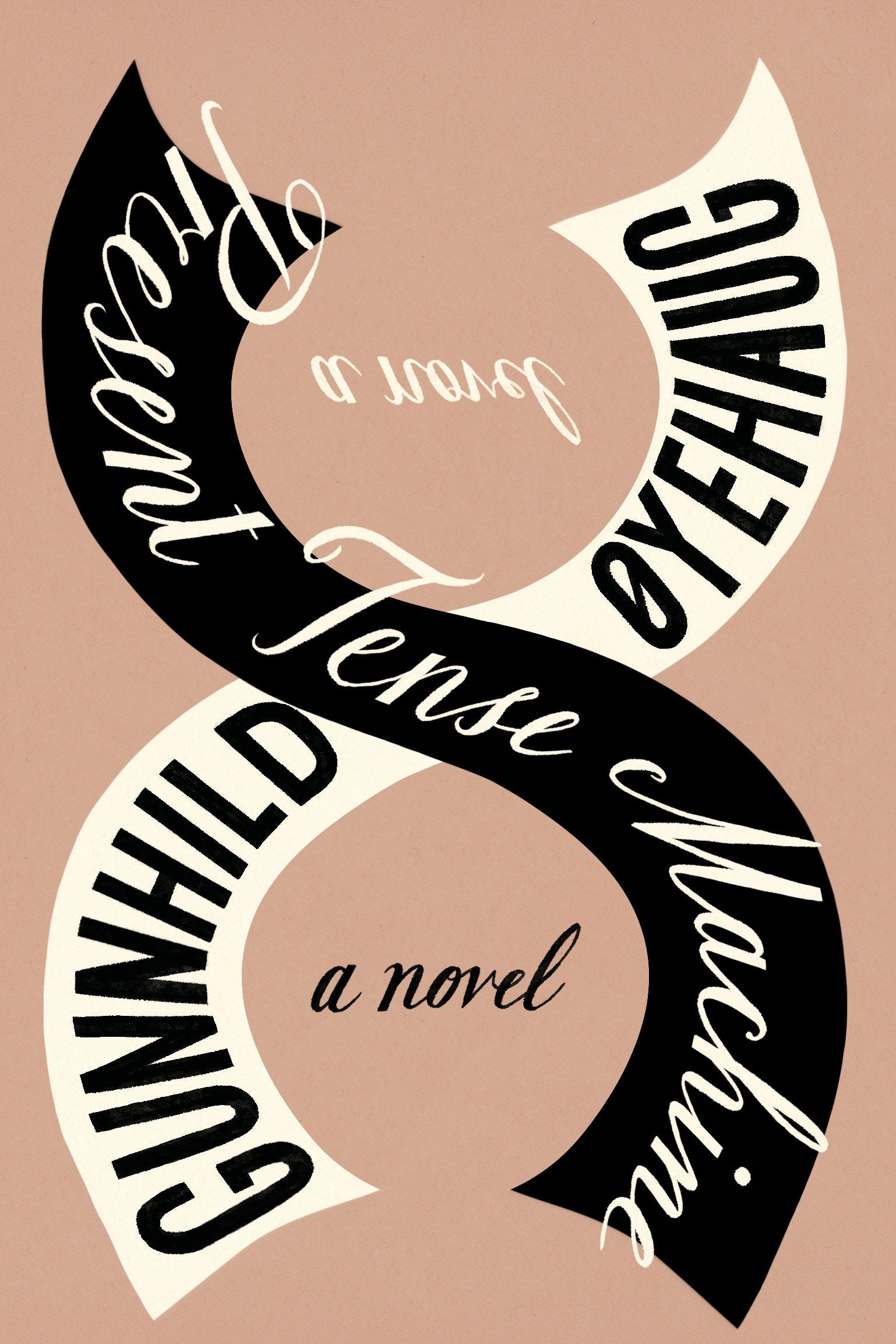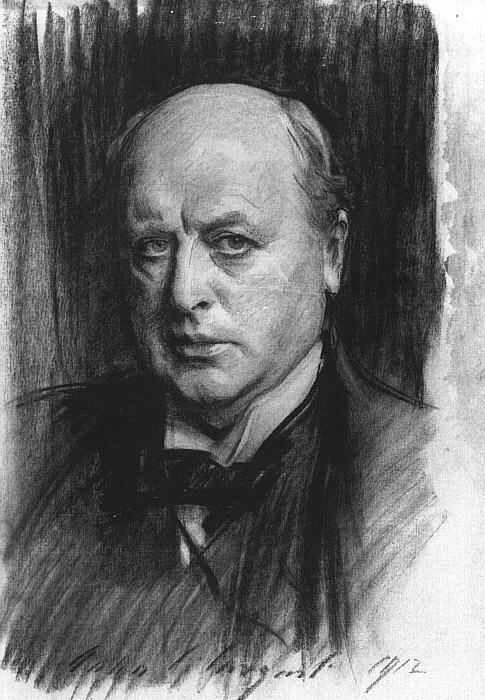By GUNNHILD ØYEHAUG (Translated from the Norwegian by KARI DICKSON)
Reviewed by OLGA ZILBERBOURG

Laura is expecting a baby. A twenty-four-year-old literature instructor, she lives with her partner Karl Peter in the heart of Bergen, a city in the westernmost part of Norway. She’s suffering from a strange sort of anxiety, which she suspects has something to do with the pregnancy: everything around her seems double, not quite like what it is.
Laura has more common anxieties as well, including a problem with her apartment. The buildings in her part of town are constructed of brick on the outside and wood inside, which makes them so flammable that they’re called “chimney houses.” If their chimney house were to catch on fire, there would be little chance of escape. Then, there are the noisy students living above and below, a drug dealer across the street, hypodermic needles littering the neighborhood. She decides that she and Karl Peter have to move before the baby comes, but this decision, too, seems to bring her nothing but anxiety.
“Laura is often a deep and dark amalgam of unnecessary anguish,” the unnamed first-person narrator of Gunnhild Øyehaug’s Present Tense Machine, translated from Norwegian by Kari Dickson, tells us a few pages into the novel. A couple of pages later, she reveals more. Laura’s anxiety does have an underlying cause: “She’s living in a parallel universe created by a misreading.”
The narrator then introduces us to the novel’s second central protagonist, Anna, a forty-four-year-old novelist. Anna’s narrative emerges alongside Laura’s, in alternating chapters. Married with a teen daughter, Elina, and a younger son, Peder, Anna—at the same time as Laura is worrying about her living quarters—is plagued by the feeling that there’s something important missing from her life that she can’t remember. She becomes consumed by thoughts about the power of language and obsesses about participating in a group performance of Erik Satie’s piano piece “Vexations.” An early precursor of minimalism in music, this composition consists of a short theme with the instruction that it must be repeated 840 times. The relay performance in which Anna decides to participate is expected to last about 24 hours and is billed as “this spring’s strangest concert.”
Toward the end of the second chapter, the unnamed narrator reveals that Anna is Laura’s mother and that the two women exist in parallel universes that split from one another in 1998, when Laura was two and a half. We learn more details about this incident in a following chapter: the parallel universe emerged as Anna sat in her garden, watching her daughter and reading a book, and specifically at the exact moment when Anna mistook trådgård—meaning “garden” in Norwegian—for a nonsensical word, tårdgård:
When Anna read the word tårdgård and looked down at the page in surprise for a few seconds, what might have existed quite literally opened up as a new world, a parallel universe, and her daughter, Laura, age two and a half, was now riding her tricycle in a tårdgård in another world, in the same garden.
At the present time of the novel, in 2019, neither Anna nor Laura, in their respective universes, is aware of each other’s existence. Searching for a new place to live, Laura and Karl Peter are shown an apartment with a garden where Laura experiences a strong sense of déjà vu, and for a good reason: this is the place where she had been living with her parents when the universes separated. She experiences an urge to sit down at the piano and plays the same piece of music that Anna is obsessed with: the Satie. Laura then calls her father Bård, and he confirms that the apartment could be the place where they lived when Laura was little. But Bård, too, has no recollection of Anna in Laura’s universe, though he does have a sense that some pieces of his life don’t fit together.
At this point, the unnamed narrator steps in: “This is the moment when the novel becomes a novel about two women who live in parallel universes where they both play the same irritating piece of music by Erik Satie.”
What is a reader to do with this and similar declarations by this narrator throughout the novel? These declarations struck me as both crucial to my understanding of the novel, yet elusive. In addition to spelling out the connection between Laura and Anna, the narrator reveals a few mundane details about herself and occasionally slips in bizarre asides: “This is the twenty-third chapter. There’s practically no one here, only a few horses standing sleeping.” A chapter late in the novel reveals that the narrator might be writing from a post-apocalyptic future, though the nature of the apocalypse isn’t clear. “It’s not paper we need after The End, but water. Food, paraffin, boots. And iPhone chargers.” She also reveals that she’s depositing the pages of her manuscript in plastic envelopes in a bog, “in the hope that they’ll be found and read sometime in the future, in a kind of inverted Voyager project.”
The narrator also reveals glimpses of Laura’s future—we see a scene in which Laura and her already-born daughter Kjersti go to a neighborhood pool—and hints that she herself might be Anna. (The hint is executed with such a light touch, by repeating a list of names in two separate sections of the novel, that I don’t fully trust myself in identifying Anna as the book’s narrator.) Other sections of the book indicate that the narrator can only see some, and not all, of her characters’ futures: “This chapter belongs to the future. The problem is that it’s so foggy here that we can only just see it.” The narrator’s very presence highlights the fictionality of her characters’; it alerted me to the fact that this novel was not and would not be about interactions between Anna and Laura—their worlds were too completely cut off from each other for any actual relationship to be possible. What was the novel to be about, then? What should I be reading for?
Trusting Øyehaug’s work to have artistic merit (this is her eighth book in an oeuvre that includes novels, poetry, essays, and short stories, including Knots), I continued turning the pages. Anna goes on a road trip to the north of Norway with her family and they nearly run out of gas. Laura befriends a charming student from her online literature class who happens to be incarcerated and considers flirting with him. Though Laura’s story had more unexpected turns than Anna’s, whose psychological trials did not threaten the course of her life, neither section seemed to be complete in itself. At the end of the book, both Laura and Anna find themselves joined in a simultaneous performance at the same Erik Satie concert—in different universes.
Ultimately, the anxiety of parenthood—both of becoming a parent and of nurturing children to become healthy, self-sustaining human beings—became the thread that held this strange novel together. I recalled Øyehaug’s earlier fantastical story, “Small Knots,” that imagines a mother and son who remain tied by an umbilical cord that nobody can cut: the connection remains there even after the mother’s death. The connection doesn’t hurt the son; despite its overbearing nature, it helps him to find the right mate and live a fulfilling life.
In Present Tense Machine, Øyehaug offers us the opposite scenario: the connection between a mother and her child is severed completely by their lives splintering into parallel universes in which the other has been forgotten. Øyehaug’s narrator attempts to persuade us that even in this situation, the connection between a mother and a child would remain, however tenuous: Laura and Anna do share a sense of something missing and a preternatural fondness for the music of Erik Satie. They are both interested in language and storytelling, Anna as a writer and Laura as a reader and a scholar. Most palpably, however, they also share the quality of being anxious.
Towards the end of the novel, I was most interested in the way anxiety played out in the relationship between Anna and her thirteen-year-old daughter Elina. Elina is growing up too fast, fearing death and obsessing about the state of the environment. Possessed by her nebulous sense of loss, Anna cannot fully share in Elina’s quest against plastic, but she’s supportive and comes to Elina’s side whenever the girl calls for her at night.
Elina is a minor character in the novel, which is why it felt particularly significant when at the end of the book, the narrator concludes the scene at the Satie concert by suddenly shifting into Elina’s perspective. Sitting in the audience, watching her mother anxiously take the stage, Elina—as reported by the narrator—has a sudden premonition that she’s “the one who’s going to rescue [everyone], … because that is what she’s come here to do in this life.” Even read ironically, as the heightened emotional state of a young teen, about to be proven wrong as she grows older, this was a powerful moment. Elina struck me as perhaps the most rational, well-adjusted character in this book simply because her universe remained intact, with her mother by her side. That’s one version of what a mother’s role is in our fractured, unstable world, I thought the novel suggested: to provide a comforting container for her daughter’s anxieties. Though she herself might have lost everything and everyone during The End, the narrator wants to believe that this child will have met her future with aplomb.
Olga Zilberbourg’s English-language debut Like Water and Other Stories (WTAW Press) explores “bicultural identity hilariously, poignantly,” according to The Moscow Times. She grew up in St. Petersburg, Russia and is the author of four Russian-language collections of stories. She has published fiction and essays in World Literature Today, Electric Literature, Lit Hub, Narrative, Alaska Quarterly Review, Confrontation, Scoundrel Time, and elsewhere. She co-edits Punctured Lines, a feminist blog on post-Soviet and diaspora literatures, and co-hosts the San Francisco Writers Workshop.




